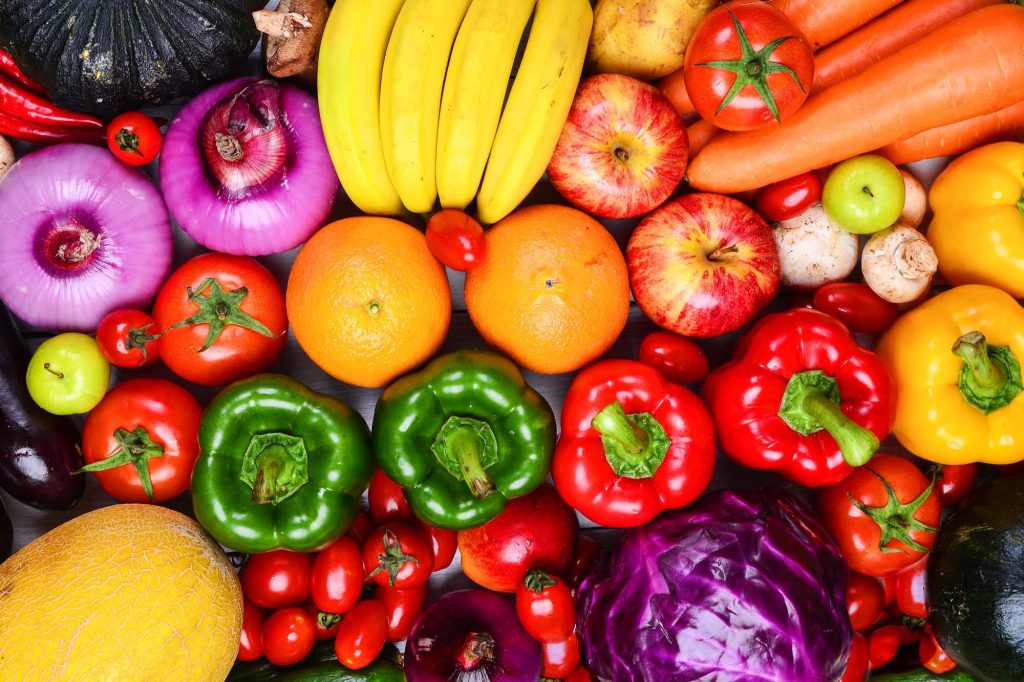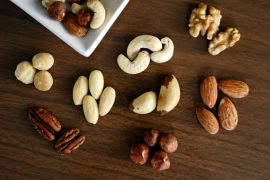Your chances of eating a healthy diet on a daily basis are largely dependent on the groceries you purchase. When hunger strikes, you will reach for what is close at hand.
There is a wealth of information available to guide you to wise choices, but much of it is quickly forgotten when you face a mouth-watering display of elegantly frosted cakes, thick steaks, and budget-friendly carb-heavy side dishes.
A person buying ordinary products in a supermarket is in touch with his deepest emotionsJOHN KENNETH GALBRAITH, economist
Getting the right balance
There are three effective steps to consider for purchasing food that fits into a healthy diet:
- Make a list before you leave home and stick to it.
- Never shop when you are hungry.
- Avoid making impulse buys.
To help with the process, The Body Manual team has compiled a template for all essential food groups.
We did your research for you. We combined the Dietary Reference Values for Food Energy and Nutrients for the United Kingdom1, the UK’s Eatwell Plate2, The Food Pyramid3of Ireland’s Food Safety Promotion Board and Canada’s Food Guide.4
Here are wise grocery choices categorized into various food groups:
Fruits and Vegetables
Think green and yellow first when it comes to vegetables. While there’s no such thing as a bad vegetables (although potatoes are high in starch), what you must have are the greens (salad greens, broccoli, spinach etc.) and the yellows (carrots, sweet potatoes, squash, pumpkin, yams, among others).
When the supply at your local food store exists, and when you budget is adequate, you may enjoy purchasing fresh vegetables. Selecting what is in season will help you save money.
However, there is nothing wrong with selecting fresh or frozen vegetables either. In fact, if you are really pressed for time and still trying to eat nutritiously, frozen vegetables eliminate much of the peeling and chopping for you. Just make sure they frozen vegetables are not covered with breading or smothered in sauces. When picking out canned vegetables, select those which are lower in sodium. When you take them out of the can to prepare them, if you take the time to drain and rinse them, you will also cut back on their salt content.
When purchasing fruit, try to focus particularly on citrus fruits (oranges, grapefruits, lemons, limes, etc. that are high in Vitamin C) and orange/yellow fruits like apricots, cantaloupes, nectarines, mangoes and peaches that are high in Vitamin A.
When purchasing frozen fruit, check the package to ensure it is unsweetened or packed in juice. Avoid fruit packed in heavy syrup.
Stick to the pure forms of fruits and vegetables. When those words are used as adjectives, as in veggie chips or berry jam, try to avoid them. Normally those products are high in fat and sugar.
Grains and Breads
Purchase only 100 percent whole grain or whole wheat bread. If you aren’t sure, check the ingredients to ensure that the first item listed is whole wheat (or whole oats, whole rye, etc.)
Ensure that you incorporate a variety of whole grains such as brown rice, quinoa, wild rice, oats and barley into your diet. Be a label detective. Just because bread or rice is brown, for example, check the ingredients to ensure it is not because of added coloring or molasses.
Dairy
Select skim milk or one or two per cent milk. If you don’t drink milk, select soy beverages that are fortified with Vitamin D and calcium.
When picking out yogurt and cheese, look for products made with skim or 2 percent milk. Check for hidden sugars in some yogurts.
Foods to avoid except on rare occasions are cream cheese, whipping cream and sour cream.
Meat Alternatives
Substitute red meat frequently for alternatives such as beans, lentils and tofu. Dry roasted, unsalted nuts are also a good source of protein.
Meat and Fish
Select fish that is high in omega 3 fatty acids such as herring, mackerel, sardines, trout, salmon and char.
For your meat choices, look for leaner varieties such as pork, beef, veal, and lamb. Select leaner cuts as well, such as extra lean ground meat or poultry, eye of round steak or roast, strip loin steak or sirloin steak.
When purchasing frozen meat, fish or poultry, make sure it does not have breading or rich sauces.

Sources:
- Dietary Reference Values for Food Energy and Nutrients for the United Kingdom
http://www.amazon.ca/Dietary-Reference-Values-Nutrients-Kingdom/dp/0113213972
- The Eatwell Plate
http://www.food.gov.uk/scotland/scotnut/eatwellplate
- The Food Pyramid, Ireland’s Food Safety Promotion Board
http://www.nutritionandhealth.ie/Sectors/NHF/NHF.nsf/vPages/Eat_Smart~food-pyramid?OpenDocument
- Canada Food Guide
http://hc-sc.gc.ca/fn-an/food-guide-aliment/index-eng.php
For more straightforward and useful information-based health and nutrition advice, visit: www.goodfoodtalking.com





